Urogenital
Surgeries
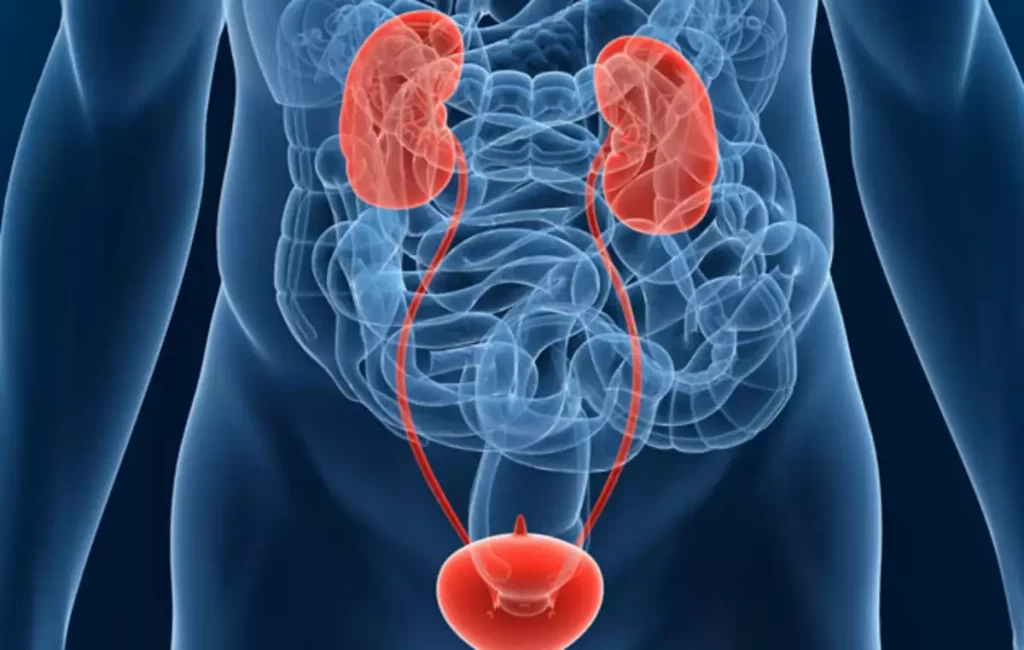
All urogenital diseases
Urogenital diseases encompass a wide range of conditions affecting the urinary and reproductive systems. These diseases can impact both men and women, involving organs such as the kidneys, bladder, ureters, urethra, and the reproductive organs. Understanding the common urogenital diseases, their symptoms, causes, and treatment options is crucial for maintaining urogenital health and ensuring timely medical intervention when needed.
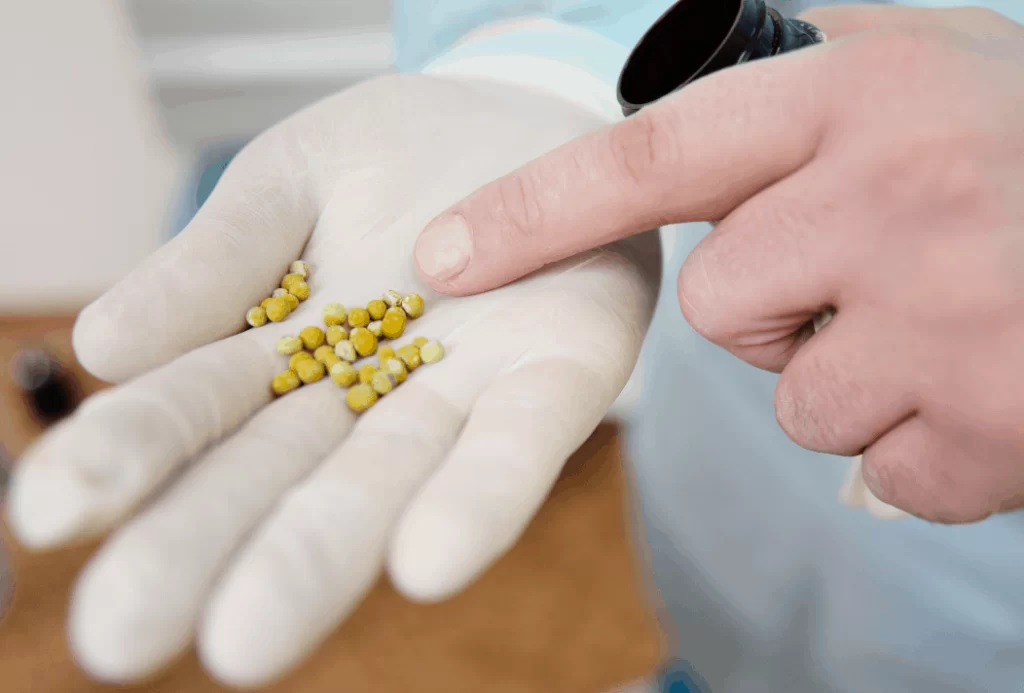
Bladder stone surgeries
Bladder stones, also known as vesical calculi, are hard masses of minerals that form in the bladder. They can cause significant discomfort and lead to various urinary complications if not treated promptly. Surgical intervention is often necessary to remove bladder stones, especially when they are too large to pass naturally or cause severe symptoms. Understanding the causes, symptoms, and surgical options for bladder stones is crucial for effective management and treatment.
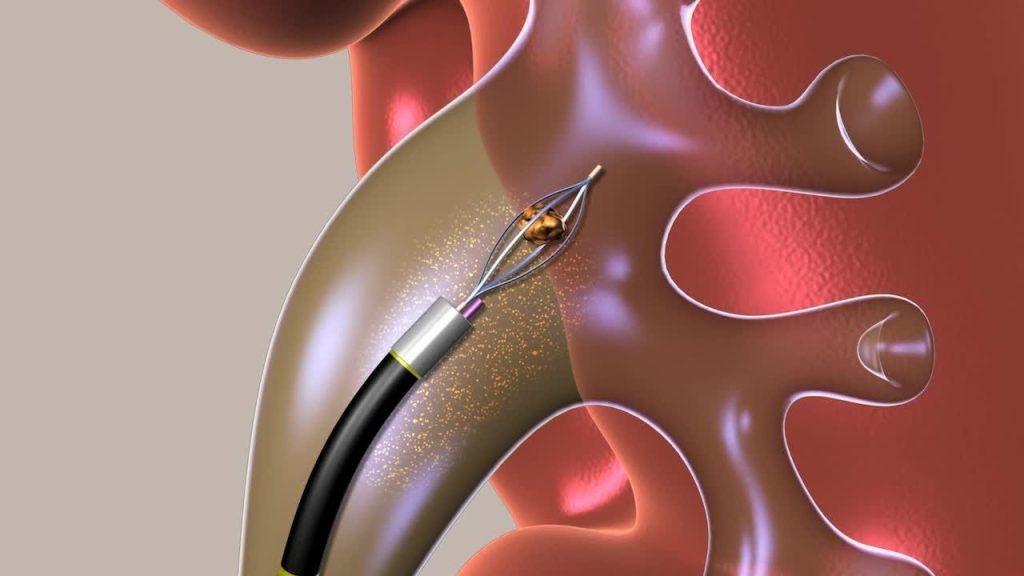
Ureteric stone surgeries
Ureteric stones, also known as ureteral stones, are stones that form in the kidneys and travel down to the ureters, the tubes that carry urine from the kidneys to the bladder. These stones can cause significant pain and block the flow of urine, leading to complications such as infections or kidney damage. When ureteric stones do not pass naturally, surgical intervention is often required to remove them. Understanding the causes, symptoms, and surgical options for ureteric stones is essential for effective treatment and management.
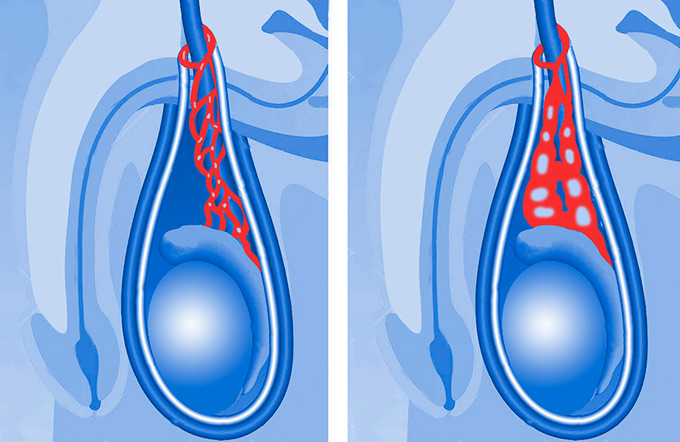
Varicocele
A varicocele is an enlargement of the veins within the scrotum, similar to varicose veins that occur in the legs. These veins are known as the pampiniform plexus, and when they become enlarged, they can cause pain, testicular atrophy (shrinkage), and even infertility. Understanding the causes, symptoms, and treatment options for varicocele is essential for effective management and improving reproductive health in affected individuals.
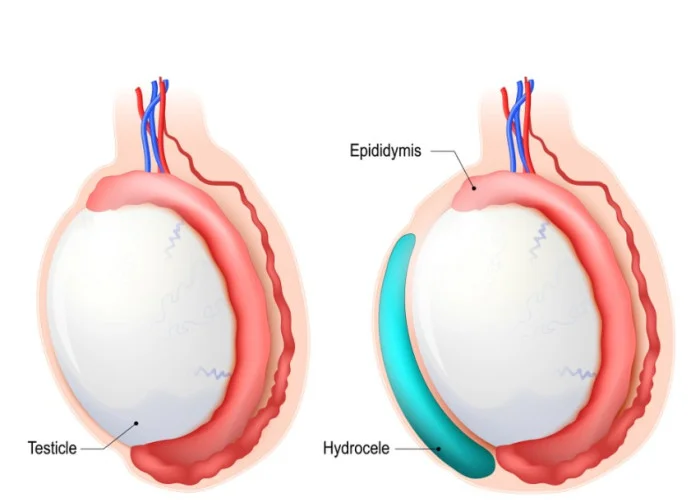
Hydrocele
A hydrocele is a common condition that occurs when fluid accumulates in the sac surrounding a testicle, causing swelling in the scrotum. This fluid buildup can vary in size and may cause discomfort or a feeling of heaviness in the scrotum. Understanding the causes, symptoms, and treatment options for hydrocele is essential for proper management and addressing any associated concerns.
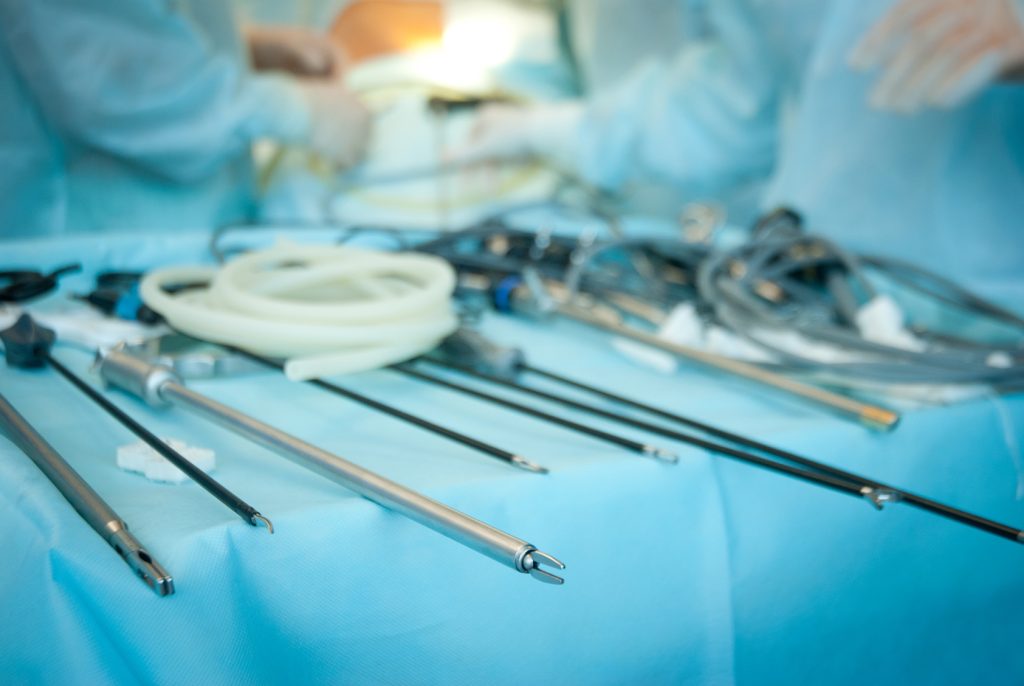
Circumscision
Circumcision is a surgical procedure that involves the removal of the foreskin, the retractable fold of skin that covers the head (glans) of the penis. This procedure is one of the oldest and most common surgical interventions globally, with cultural, religious, and medical considerations influencing its practice. Understanding the reasons, procedure, potential benefits, and risks associated with circumcision is essential for individuals and families considering this elective surgery.
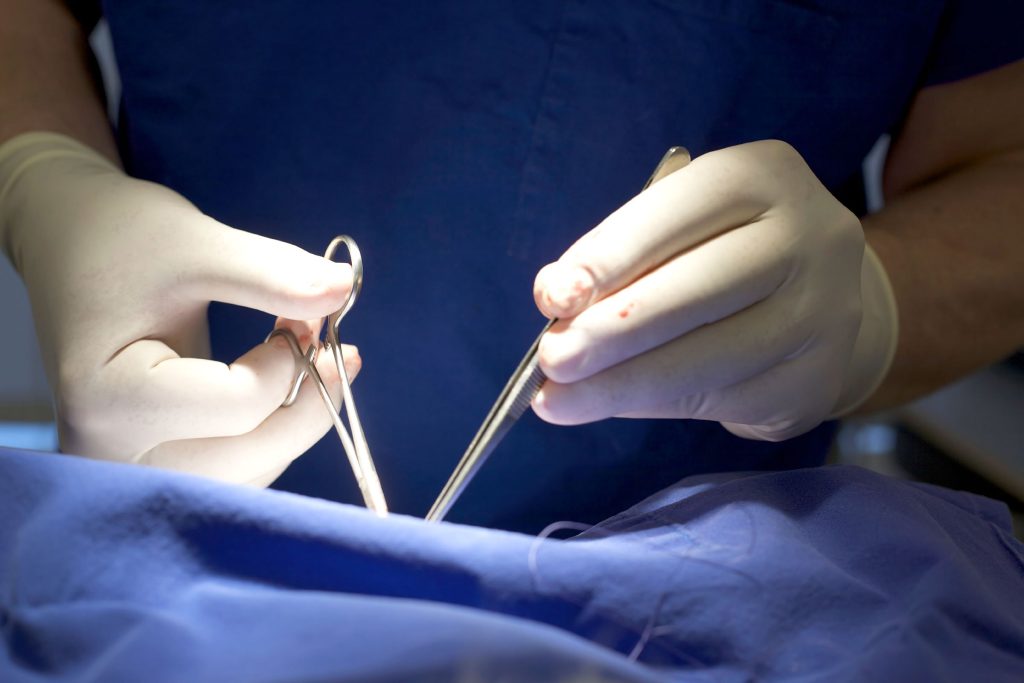
Scrotal wall sugeries
Scrotal wall surgeries encompass a range of surgical procedures that involve the scrotum, the sac of skin that contains the testicles. These surgeries are performed to address various conditions affecting the scrotal region, ranging from benign conditions to more complex medical issues. Understanding the common types of scrotal wall surgeries, their indications, and outcomes is crucial for individuals seeking treatment and healthcare providers managing scrotal conditions.